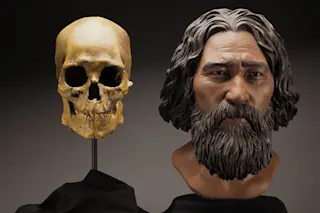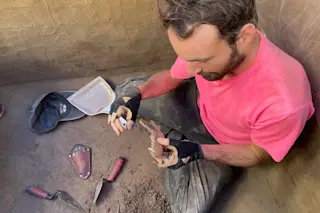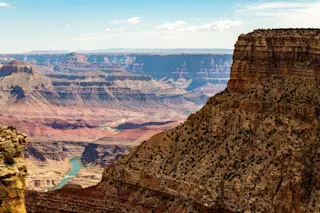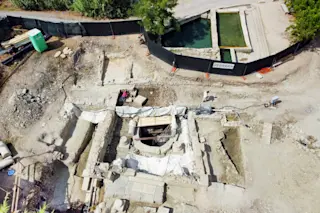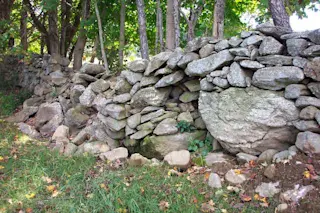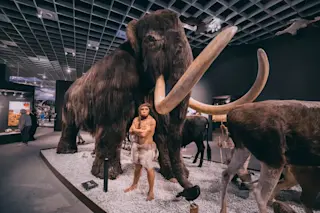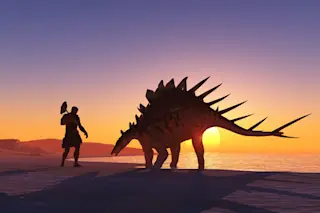(Credit: Brittney Tatchell/Smithsonian Institution) Unearthed in 1996 after part of his skull was found along the shores of the Columbia River in Washington, Kennewick Man, a 9,000-year-old Paleoamerican, would soon be regarded as the most important human skeletal discovery in American history.A Crisis of Ancient Identity When two college students reported that they had found a skull fragment in the river, scientists responded quickly. After searching for and collecting nearly 300 other pieces of bone, they were able to determine that the set of remains was one of the oldest and most complete human skeletons ever recovered. Kennewick Man became the subject of an intense legal feud between the scientists who wished to continue studying him, and members of local Native American tribes who believed that he was an ancient ancestor and should therefore undergo a sacred burial in his homeland. And that's where the trouble began. As Discover reported ...
Kennewick Man's Bones Reburied, Settling a Decades-Long Debate
Explore the Kennewick Man discovery, a pivotal archaeological find revealing ties to Native American remains and ancient ancestry.
More on Discover
Stay Curious
SubscribeTo The Magazine
Save up to 40% off the cover price when you subscribe to Discover magazine.
Subscribe

